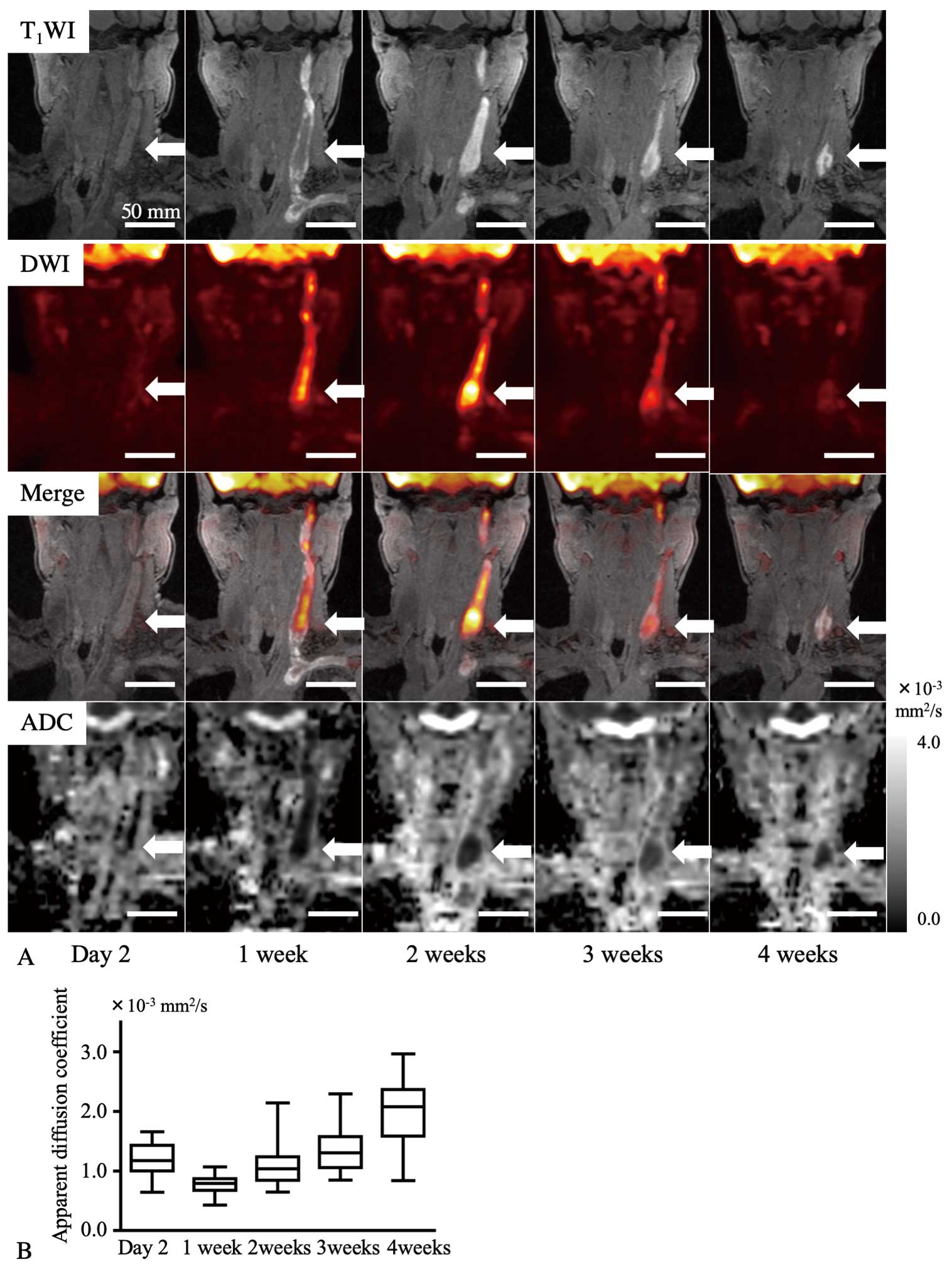- J-STAGE home
- /
- Circulation Reports
- /
- Volume 2 (2020) Issue 8
- /
- Article overview
- /
- Full view
-
Naoya Kuga
Department of Radiological Technology, Koga General Hospital [Japan]
-
Yasuyoshi Kuroiwa
Department of Radiological Technology, Koga General Hospital [Japan] Department of Pathology, Faculty of Medicine, University of Miyazaki [Japan]
-
Takamichi Sakamoto
Department of Internal Medicine, Koga General Hospital [Japan]
-
Atsushi Yamashita
Department of Pathology, Faculty of Medicine, University of Miyazaki [Japan]
-
Toshihiro Gi
Department of Pathology, Faculty of Medicine, University of Miyazaki [Japan]
-
Shogo Doi
Department of Radiological Technology, Koga General Hospital [Japan]
-
Tomoki Kinoshita
Department of Radiological Technology, Koga General Hospital [Japan]
-
Takashi Tanaka
Department of Radiology, Koga General Hospital [Japan]
-
Yasushi Kihara
Department of Radiology, Koga General Hospital [Japan]
-
Yujiro Asada
Department of Pathology, Faculty of Medicine, University of Miyazaki [Japan]
-
Takuroh Imamura
Department of Internal Medicine, Koga General Hospital [Japan]
2020 Volume 2 Issue 8 Pages 455-456
- Published: August 07, 2020 Received: May 07, 2020 Released on J-STAGE: August 07, 2020 Accepted: June 01, 2020 Advance online publication: July 15, 2020 Revised: May 30, 2020
(compatible with EndNote, Reference Manager, ProCite, RefWorks)
(compatible with BibDesk, LaTeX)


